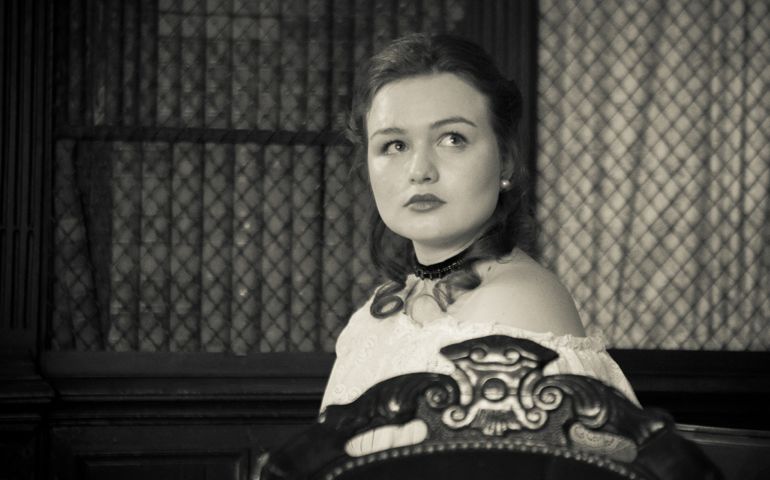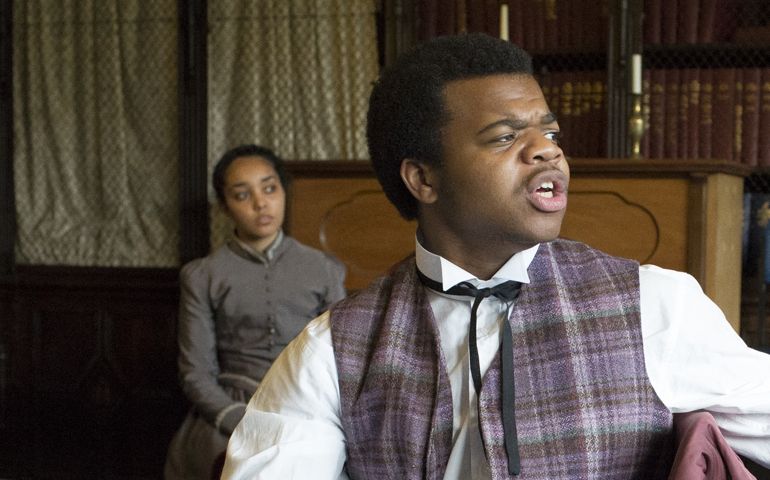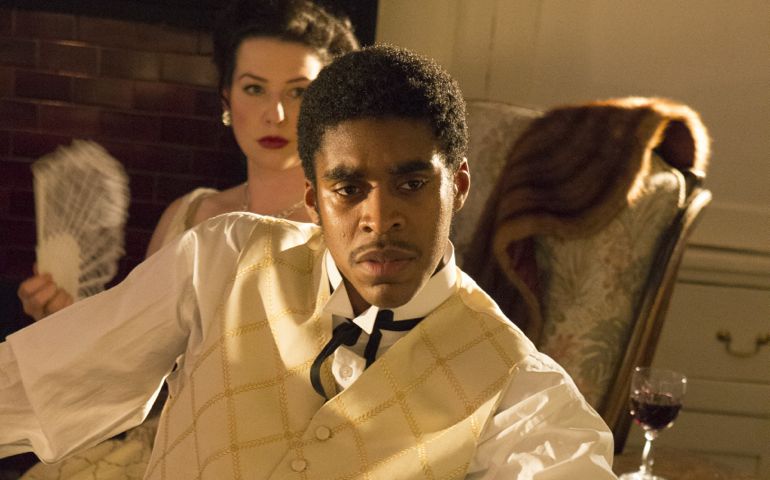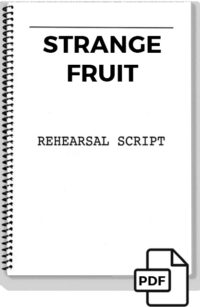Anton Chekhov’s The Cherry Orchard transposed to America’s Deep South. A reimagining of Chekhov’s masterpiece in Post-Civil War Georgia.
Anton Chekhov’s The Cherry Orchard transposed to America’s Deep South. A reimagining of Chekhov’s masterpiece in Post-Civil War Georgia.
America’s slaves were freed within two years of the emancipation of serfs in Russia. Strange Fruit reimagines Chekhov’s masterpiece in Post-Civil War Georgia. A generation of former planters and slaves spends a summer speculating on the future of the family plantation – and the shadow it has cast on them all.
The setting is a Plantation House, near Macon, Georgia. The year is 1876, a decade on from the American Civil War, the final year of the Reconstruction Period and the Northern Army’s occupation of the ‘Confederate States’. The years to come will bring a murderous backlash against Blacks and establish the institutional racism of the Jim Crow South, hence the homage to Abel Meeropol’s chilling poem in our title, Strange Fruit.
As the play opens, Georgia is recovering from economic ruin through the expansion of the railroad, the efforts of a new entrepreneurial class and a burgeoning tourist industry. The links with Chekhov’s Cherry Orchard are so strong that this version mirrors closely his characters, plot line and – as the man himself would want emphasised – sense of humour.
Strange Fruit premiered in a production by Rose Buford College, American Theatre Arts, Lamorbey House, April 2015
The Cherry Orchard premiered in 1904, the year Russia suffered a devastating military defeat to Japan, another fateful step towards the collapse of the Romanov dynasty and revolution from below. We have in England perhaps become too enamoured of the bittersweet melancholy we associate with the ‘Chekhovian’ style to appreciate just how violent and traumatic are the forces at work in the playwright’s final great drama. The company of the first production found that transposing the play from rural Russia to the cotton fields of Dixie heightened our awareness of just how much serfdom (human bondage) informs the characters’ relationships with each other, the family estate and the land itself.
”The days of planters ‘n slaves is over! I’m sorry, folks, but the country is fragmented now. It's the time of summerfolk ‘n the Spring vacation. I ‘preciate a bunch of Yankees sat on them porches drinkin iced-tea ain’t the prettiest picture I could paint for y’all. But summerfolk from New York ‘n Chicago, they have mighty deep pockets, while y’all livin’ off scraps.
GALLERY
Photographs from the 2015 London production.
LATEST NEWS
Check out the latest updates about performances of this play.













